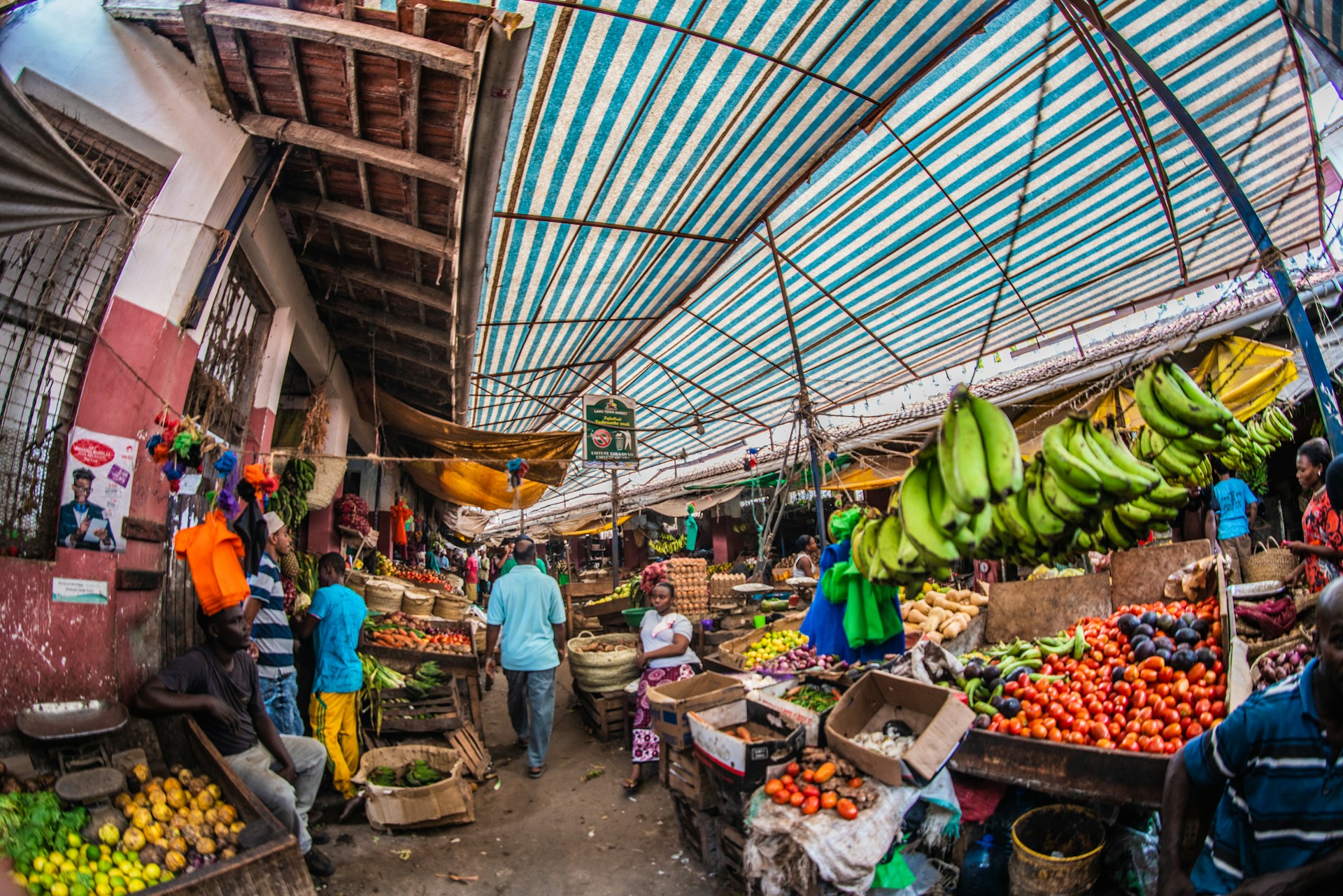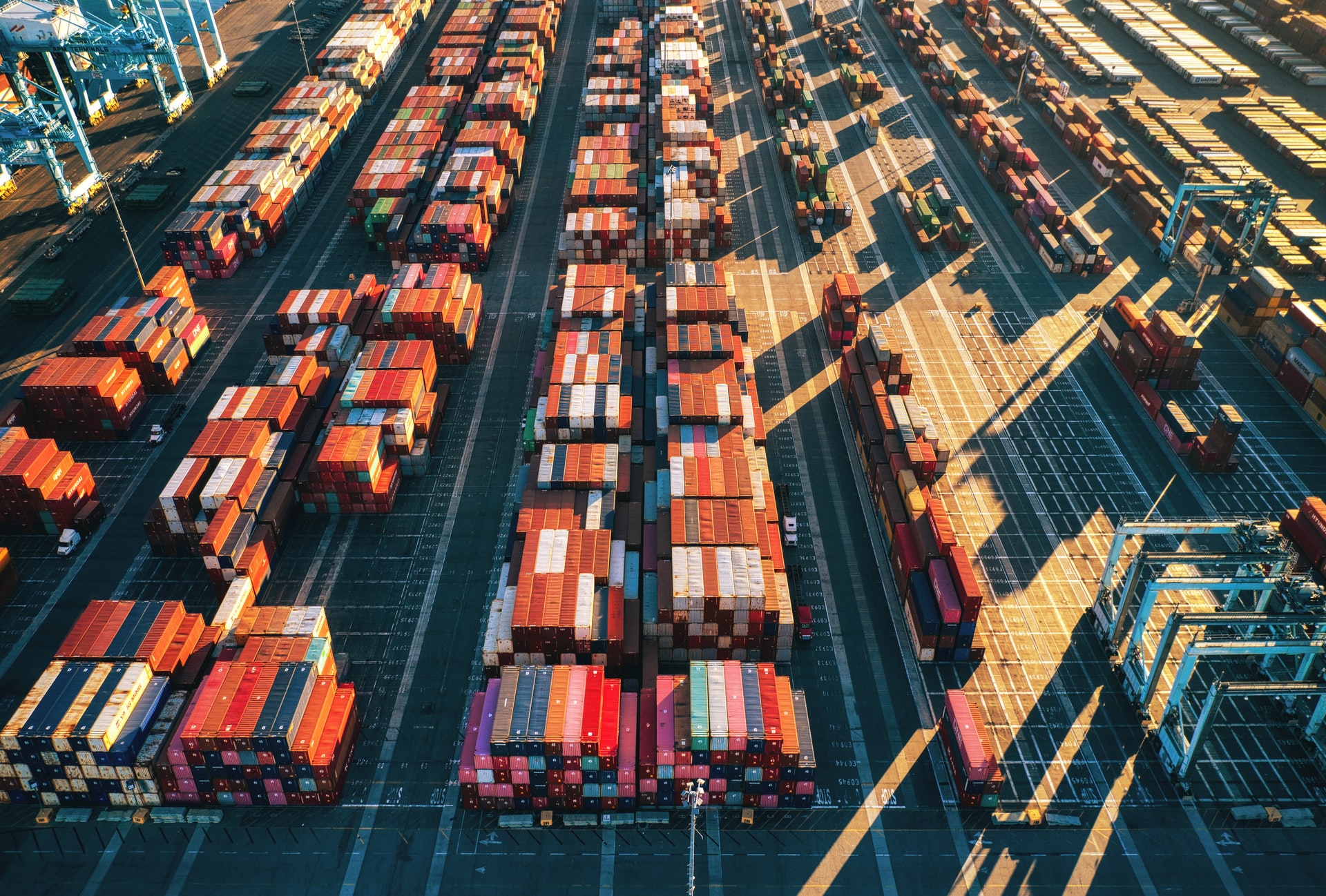Strategies for Ensuring Universal Access to Food and Water
In an era marked by technological advancement and economic growth, the persistence of food and water insecurity remains a daunting challenge for humanity. Despite significant progress in agricultural productivity and water management, millions still grapple with hunger and thirst daily.
The state of food and water security globally is a pressing issue. The World Health Organization’s report on food security and nutrition in 2023 highlighted the impact of urbanization on food systems, affecting the availability, affordability, and desirability of healthy diets.
Meanwhile, the World Bank reported high domestic food price inflation in many countries, exacerbating food insecurity. In real terms, food price inflation exceeded overall inflation in 55.4% of 166 countries, particularly being higher in lower-middle-income countries and low-income countries.
Water scarcity is another significant challenge. Governments, industry, and civil society face an increasing risk of water insecurity as demand grows and supply is strained. This scarcity is affecting poorer populations disproportionately, particularly farmers. Each year, at least 4 billion people, nearly half in China and India, experience severe water scarcity for at least one month of the year. Nearly 500 million people are exposed to water scarcity all year long. As of 2020, about 2.1 billion people worldwide lack access to safe drinking water or reliable water service.
Impact of Political, Economic, and Environmental Instability
Political instability and conflict disrupt agricultural production, displace populations, and impede access to essential resources. In conflict zones, food and water become weapons of war, exacerbating existing vulnerabilities and perpetuating cycles of poverty and hunger.
More than 10 years of conflict in Syria has resulted in widespread destruction of water facilities across the country. Access to safe drinking water is a challenge affecting millions of people across Syria, which now has up to 40% less drinking water than a decade ago. Only 50% of water and sanitation systems function properly across Syria. The water crisis is a direct and indirect consequence of the ongoing conflict. Water scarcity has led to greater instability, especially in areas heavily impacted by the conflict.
Economic disparities and inequalities contribute to food and water insecurity, particularly in low-income countries. Limited access to markets, inadequate infrastructure, and unequal distribution of wealth hinders agricultural development and impede efforts to ensure universal access to food and water.
Climate change also poses a serious threat to global food security. Climate change will increasingly have adverse impacts on agricultural production through diminishing water supplies, increases in extreme weather events like floods and severe storms, heat stress, and increased prevalence of pests and diseases. About 80% of the global population most at risk from crop failures and hunger from climate change are in Sub-Saharan Africa, South Asia, and Southeast Asia. These regions have farming families who are disproportionately poor and vulnerable.
Investments in Improving Food and Water Security
Targeted investments play a pivotal role in improving food and water security, particularly in vulnerable communities. Investments in infrastructure, such as roads, irrigation systems, and storage facilities, enhance agricultural productivity and facilitate market access for smallholder farmers.
In Sri Lanka and Zambia, the FAO is piloting multifunctional paddy fields for fish and shrimp farming, in addition to rice production. Such value-added infrastructure generates benefits by recharging groundwater, controlling floods, and providing ecosystem services while boosting livelihoods.
Supporting local economies through microfinance initiatives, cooperative farming, and value chain development empowers communities to achieve food self-sufficiency and economic resilience. The Asian Development Bank is using the power of microfinance to level the playing field for poor communities across Asia-Pacific. ADB is partnering with international and domestic financial institutions to support microfinance institutions in the region, who have in turn provided microfinance services to over six million borrowers in Bangladesh, Cambodia, India, Indonesia, and Myanmar. Most of the borrowing is done by women-led and owned MSMEs, further helping rural women gain financial independence and literacy.
Agricultural Innovation and Technology
Advanced technologies can help ensure universal access to food and water. The Moses West Foundation, in partnership with School News Nationwide, is launching an initiative to address water scarcity and food insecurity using cutting-edge Atmospheric Water Generation (AWG) technology. This technology provides clean and safe drinking water to underserved communities and disaster-stricken areas. Additionally, it promotes sustainable urban agricultural zones to ensure access to fresh and healthy food while reducing the impact of traditional farming practices on the environment.
Similarly, innovations in precision agriculture, genetically modified crops, and drought-resistant varieties enable farmers to adapt to changing environmental conditions and increase yields sustainably. India recently introduced 35 climate-resistant crops that also address the issue of malnutrition.
Achieving universal access to food and water requires a multifaceted approach that addresses the underlying causes of insecurity and harnesses the transformative power of targeted investments and technological innovation. Together, we can nourish the world and create a more resilient and prosperous future for all.
Photo Caption: The state of food and water security globally is a pressing issue.



